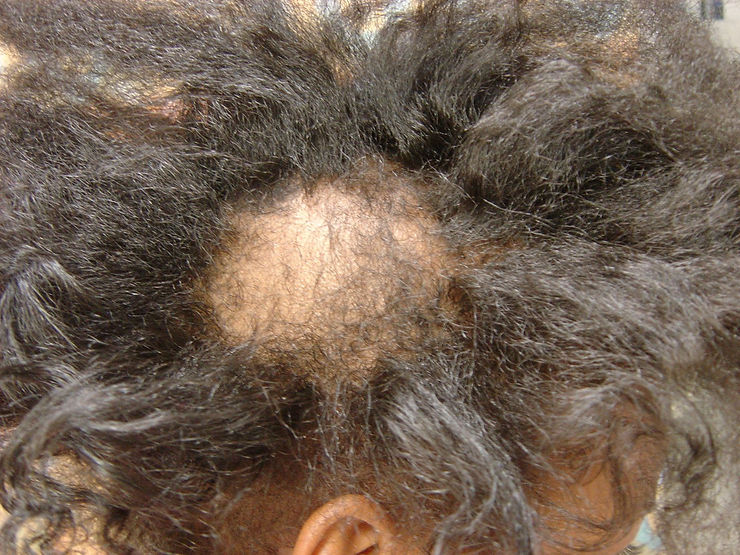A Big Word, With Picking Side Effects: Trichotillomania
- Mane Gang
- Feb 9, 2024
- 2 min read
Updated: Sep 8, 2024

Trichotillomania is an impulse control disorder that involves recurrent, irresistible urges to pull out hair from one’s own scalp, beard, eyebrows, eyelashes, pubic hair or other areas of the body, despite trying to stop. This is. a form of scaring alopecia that may cause permanent hair loss without treatments.
A Closer Look At Trichotillomania Trichotillomania, otherwise known as “hair-pulling disorder,” is a mental disorder that makes it quite difficult for you to keep your hands from pulling at your beard, eyebrows, eyelashes, pubic hair, and scalp. While it’s an obsessive-compulsive disorder [OCD], it was recently grouped under the same family with nail-biting and skin picking [aka body-focused repetitive behaviors]. In cases where you keep pulling at your scalp, it leaves you with patchy bald spots that lead to distress and interferes with your self-image, social, and/or work functioning.
Common Symptoms of Trichotillomania The most common symptoms are:
Constant pulling of hair, especially from your scalp
A high feeling of tension before pulling and a sense of pleasure after pulling
Shortened/thinned hair or bald areas on the scalp or other body parts, including scanty eyelashes or eyebrows
Biting, chewing, or eating pulled-out hair [trichophagia]. This is quite dangerous because hair is indigestible and could build up into a hairball in the stomach, irritate its lining, and cause severe ulceration.
Playing with pulled-out hair and/or rubbing it across lips or face
Trichotillomania is usually a combination of genetic and environmental factors. It develops just before or during the early teens and remains for a lifetime. Infants are also prone to this hair-pulling condition, while women are more likely to develop this condition than men. People with trichotillomania may have other disorders like depression, anxiety, or obsessive-compulsive disorder (OCD). This is treated with psychotherapy [cognitive-behavior therapy, medications, support groups, alternative therapies, etc.]
What You Can Do About This Hair-Pulling Condition
Since trichotillomania is an underlying indicator of a psychosomatic disorder, we recommend every patient to go for counseling. Counseling sessions will help get rid of the initial stages of the hair-pulling habit. We also offer prevention plans to help with styles that will minimize your ability to pull the hair from your scalp. Lastly try our holistic approach to hair growth:
We carry out a detailed case study to understand your stress levels. Based on what we gather, we can create a personalized treatment plan for trichotillomania.
We run a clinical examination to expose the rough patches of hair loss and observe the exact pattern of hair-pulling.
Then, we disclose and explain the results of our findings to you. This way, we’ll also explain what you need to do to curb the habit.
Next, we administer simple proteins to activate hair regrowth, reduce your stress levels and deal with the hair-pulling habit.
Finally, we tell you what you need to avoid and get your family involved for support.
It’s time to say goodbye to your hair-pulling habit. Book a consultation now to discuss your hair problems.

Comentários